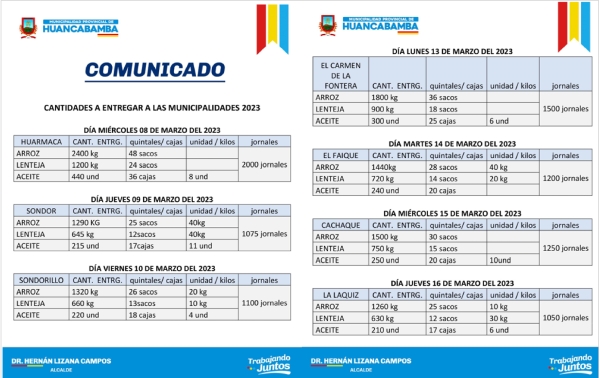Lo último de Super User
8686 comentarios
-
Enlace al Comentario
 Lunes, 18 Agosto 2025 18:14
publicado por BrucehaM
Lunes, 18 Agosto 2025 18:14
publicado por BrucehaM
Онлайн портал https://esi.com.ua про ремонт: идеи для интерьера, подбор материалов, практические рекомендации и пошаговые инструкции для самостоятельных работ.
-
Enlace al Comentario
 Lunes, 18 Agosto 2025 18:01
publicado por sell USDT in Naples
Lunes, 18 Agosto 2025 18:01
publicado por sell USDT in Naples
p2p USDT in Rome
-
Enlace al Comentario
 Lunes, 18 Agosto 2025 17:48
publicado por Danieltew
Lunes, 18 Agosto 2025 17:48
publicado por Danieltew
Recommended Site https://aera.lat/
-
Enlace al Comentario
 Lunes, 18 Agosto 2025 17:20
publicado por Site - Oa
Lunes, 18 Agosto 2025 17:20
publicado por Site - Oa
Hey guys,
I've been getting into the world of virtual casinos lately, and I’ve gotta say — it’s surprisingly fun. At first, I was a bit wary. I mean, how do you even trust an online platform with your money, right? But after testing the waters (and trying out a few dodgy sites so you can avoid that mess), I figured out a few things that set apart a trustworthy casino from a risky mess. First off, if you’re new to all this, here’s the golden rule: **licenses matter**. If a casino doesn’t have a proper regulatory certificate (like from the Malta Gaming Authority or the UK Gambling Commission), just walk away. No bonus is worth the gamble of never seeing your money again. Also — and I know no one wants to — go through the small print. That’s the only way to know what kind of playthrough limits they’ve slapped onto those so-called “juicy” bonuses.
Now, let me share a site I’ve been playing on these last few weeks. It’s been a breath of fresh air. The interface? Super smooth. Payouts? Fast as hell. And the game selection? *Insane*. Slots, live dealers, blackjack, even some weird niche games I hadn’t tried before. Check it out here: dragon hatch What really stood out was the support team. I had a tiny issue with a bonus not working, and they got back to me in like no time. Compare that to other sites where you’re just left hanging — yeah, not worth it.
Also, if you’re into bonuses (and who isn’t?), this place offers some legit ones. But here’s the trick: don’t just grab every shiny offer. It’s smarter to stick to clear terms than a huge bonus you’ll never be able to withdraw. I’m not saying you should go and drop your rent money — please don’t. But if you’ve got a little extra spending money and you’re looking for a fun way to unwind, online casinos can totally deliver. Just stay sharp, set a budget, and don’t treat it like a side hustle. It’s for fun, not for a paycheck. Anyway, just wanted to drop my experience here in case anyone’s curious or trying to find a trustworthy place to play. If you’ve got your own stories or even some casino nightmares, I’m all ears — love talking shop about this stuff.
Good luck out there, and may the odds be ever in your favor ?? -
Enlace al Comentario
 Lunes, 18 Agosto 2025 16:40
publicado por ArturowhapY
Lunes, 18 Agosto 2025 16:40
publicado por ArturowhapY
Интересный сайт https://whoiswho.com.ua обо всём: статьи, лайфхаки, обзоры и идеи на самые разные темы. Всё, что нужно для вдохновения и развития, в одном месте.
-
Enlace al Comentario
 Lunes, 18 Agosto 2025 16:35
publicado por Danatoto
Lunes, 18 Agosto 2025 16:35
publicado por Danatoto
Danatoto
-
Enlace al Comentario
 Lunes, 18 Agosto 2025 16:21
publicado por Thomascig
Lunes, 18 Agosto 2025 16:21
publicado por Thomascig
Студия дизайна https://lbook.com.ua интерьера и архитектуры. Создаём стильные проекты квартир, домов и офисов. Индивидуальный подход, современные решения и полный контроль реализации.
-
Enlace al Comentario
 Lunes, 18 Agosto 2025 16:19
publicado por Jamesgalge
Lunes, 18 Agosto 2025 16:19
publicado por Jamesgalge
Сайт обо всём https://vybir.kiev.ua энциклопедия для повседневной жизни. Красота, здоровье, дом, путешествия, карьера, семья и полезные советы для всех.
-
Enlace al Comentario
 Lunes, 18 Agosto 2025 15:26
publicado por Darrenwaype
Lunes, 18 Agosto 2025 15:26
publicado por Darrenwaype
TRAFFIC BOOST – TELEGRAM @SEO_ANOMALY
-
Enlace al Comentario
 Lunes, 18 Agosto 2025 14:50
publicado por Edwardooxymn
Lunes, 18 Agosto 2025 14:50
publicado por Edwardooxymn
Сайт для женщин https://gratransymas.com о красоте, моде, здоровье и стиле жизни. Полезные советы, рецепты, тренды, отношения и карьера.
